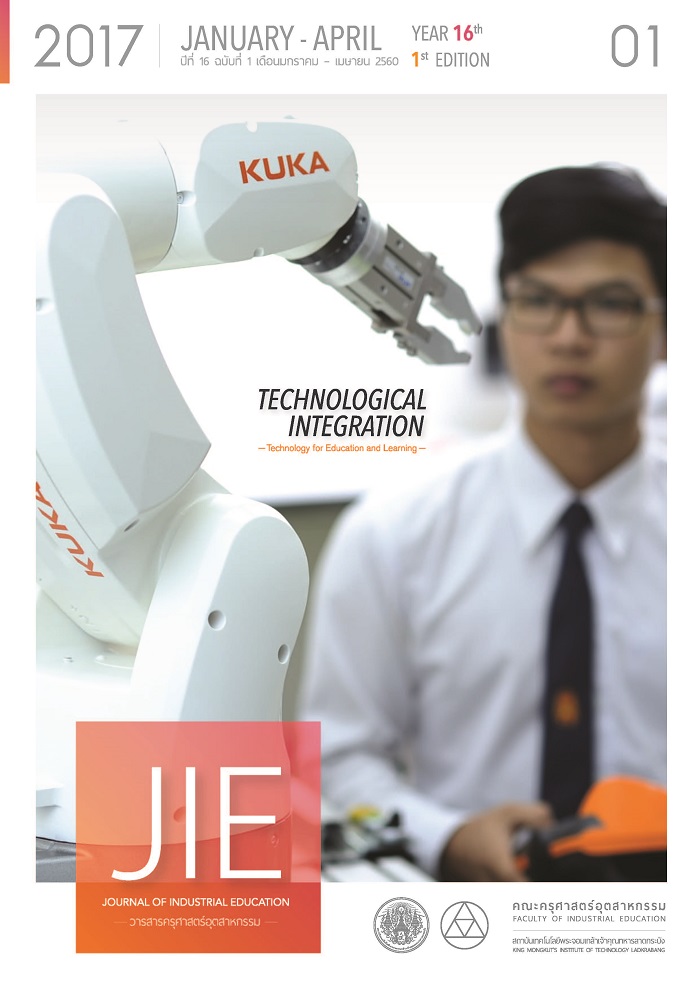HUMAN IN ARCHITECTURE ART AND DESIGN
Keywords:
Human, Creative, Relationship, Art and design, ArchitectureAbstract
The survival of mankind from the past until the present has been learned and changed, as well as it has created many things in order to response the basic needs of human. Humans have such interesting learning evolution. To begin with learning for survival due to their instinct toward working for earning, this has developed to the tribe’s style of living which later has contributed to the patterns in learning by passing on knowledge from one generation to another. The pre-historic period, during the end of Paleolithic (Old stone age) can be counted as 30,000 to 10,000 years ago, especially during the period of 15,000 – 10,000 years ago, humans were able to do color painting as well as to scratch on the cave walls in order that they can express and show their daily routines, and their capability in hunting. If we consider the deeper relation, humans learn to be creative and learn the Arts in design with their living. [1] Throughout each period, their performances and works were recorded and they reflect the cultural roots in a good way. The design in architectural building has been developed and built later on, along with the artists’ developed wisdom, and the growth of economics, social, and politics. These developments have become evidence in many kinds of learning until the present days.
References
[2] Poonnarat Pichayapaiboon. Art education, Theory of creation. Bangkok: Chulalongkorn University Press.
[3] Wiroon Tungcharoen. 2002. History of art and design. Bangkok: E and IQ publishing.
[4] Silpa Bhirasri. 1959. A bare outline of history and style of art. Bangkok: Silpakorn university publishing.
[5] E. C. Fernie. 1995. Art history and its methods. Hong kong: Phaidon press
[6] Sant Suwacharapinan and Taweesak Kaittiweerasak. 2013. Theoretical Confusion of Using Semiology as a Design Guideline. Built Environment Research Associates Associates Conference, BERAC, (4), p. 596-606.
[7] Noobanjong, K. 2013. The Aesthetics of Power:Architecture, Modernity, and Identity from Siam to Thailand. Thailand: White Lotus Co Ltd
[8] Santirak Prasertsuk. 2005. The Signification and Significance in Architecture: From Structuralism to Poststructuralism. Journal of Architectural/Planning Research and Studies, (3), p. 129-150.
[9] Pithan Thongsarojana and Ornsiri Panin. 2014. A study of how to find and create proportion of additional central Thai traditional houses from standard proportion based on Associate Professor Rutai Jaijongruk. journal of industrial education, 13(2), p. 111-118.
[10] Suebsiri saelee. 2011. Basic in design. Maha Sarakham: Maha Sarakham publishing.
Downloads
Published
How to Cite
Issue
Section
License
"The opinions and contents including the words in papers are responsibility by the authors."
"ข้อคิดเห็น เนื้อหา รวมทั้งการใช้ภาษาในบทความถือเป็นความรับผิดชอบของผู้เขียน"



